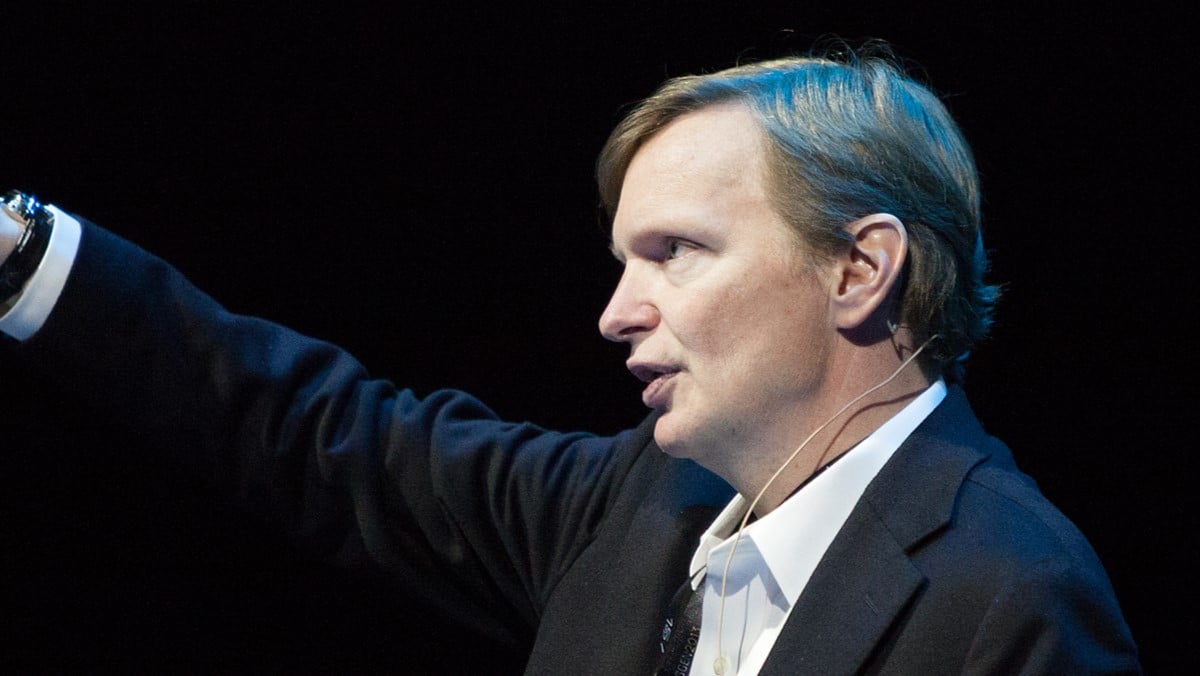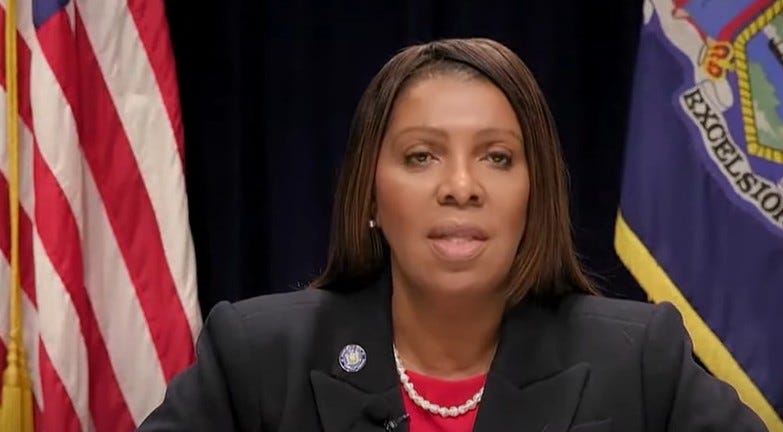Editor’s Note (6/14/22): The current hearings on the January 6, 2021, insurrection, held by a U.S. House of Representatives committee, have highlighted ties between mainstream supporters of former president Donald Trump and extremist groups in the mob that invaded the Capitol. Sociologist and militia expert Amy Cooter analyzed these connections in this recent Scientific American article.
Is this Field Day?” I asked through my car window on a chilly, rainy April morning in central Michigan in 2008. A lone man dressed in head-to-toe camouflage, whose hand was casually resting on an AK-47 rifle strapped across his chest, nodded and stepped aside on the narrow road. I drove ahead to a parking area next to an old, red brick farmhouse and several acres of soybeans. About 50 people were gathering at a spot where the fields met a wooded bog. I was outside the village of Bancroft, at what was indeed the Michigan Militia’s annual Field Day event. The group described it as a family and public outreach opportunity, held on private land that was owned by a World War II veteran.
Wood smoke drifted through the air from a campfire; some members were already loudly joking about the unpleasantness of the weathered, tarp-covered outhouse at the site, good-naturedly bemoaning the decision to not rent portable toilets as they had done the year before. A few of the men were already tearing open MREs—meals ready to eat that are packaged, high-calorie food typically issued to soldiers but also available at military surplus stores and on eBay.
Almost all the men were wearing some degree of camouflage and were laughing as they showed off new firearms, tactical vests or other equipment and told stories about past training events. The comparatively few women and children in attendance were more subdued and usually dressed in casual clothes rather than camo. Still, most of them participated in target shooting and other activities of the day.
This was the third militia event I had attended. I am a sociologist, and at that time I was a graduate student at the University of Michigan just beginning in-depth fieldwork and interview research about the militia movement in the U.S. I had approached members of this group a month earlier during a public meeting at a strip mall diner because I wanted to understand why people join civilian groups that prepare for armed combat, and I planned to examine whether militias propagate racism and violence. My fieldwork in Michigan, as well as in-depth interviews that included groups in other states, continued through 2013. Since then, I have maintained regular contact with militia members, especially in Michigan, and they update me with their activities and responses to political and social events. We regularly speak about their values and their motivations. I follow their online posts. Last summer I conducted a survey asking members what they thought about protests related to COVID social restrictions and George Floyd’s murder in Minnesota.
I have learned that there is important variation across militia groups. They fall on a spectrum. At one end are units whose activities are largely limited to outings for “grown-up Boy Scouts,” as several members described themselves at the Field Day event I went to years ago. At the other end are units that are openly angry, whose members plot violence against government officials and advocate overt white supremacy. Some of the latter stormed the U.S. Capitol on January 6, 2021. The more extremist militia bands tote guns in public, wear military garb and endorse various conspiracy fantasies. They have confronted racial justice activists and protested pandemic public health measures in many states. In Michigan, people in one militia splinter group were arrested in 2020 and charged with plotting to kidnap Governor Gretchen Whitmer in retaliation for a perceived failure to uphold individual liberties.
Across this spectrum, however, militia groups share certain similarities. Their members are almost exclusively white men, and they espouse values of nationalism as well as yearnings to restore “better times” from this country’s past. I and other sociologists refer to them as nostalgic groups. Their values are often entwined with racist and sexist attitudes, in part because they deny or disregard the hostility directed at minority groups and women during that idealized history. A metaphor I like to use to explain the connection across these groups is that it is like having multiple trees on the same small plot of land. They are separate entities, but their roots grow in the same soil. Their branches intermingle when the wind blows just right, occasionally getting close enough so that you cannot tell where one tree stops and another begins.
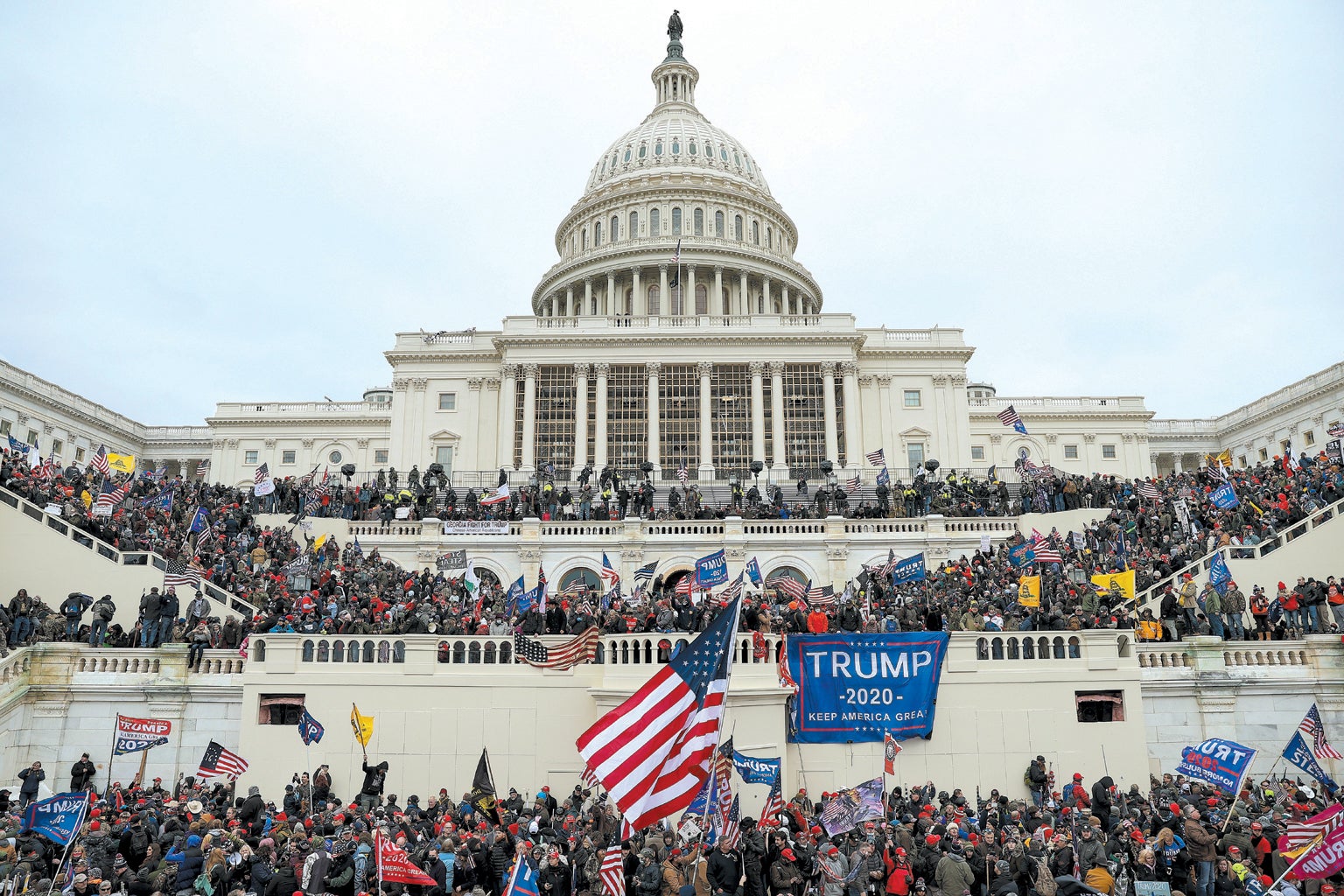
That shared soil—this idealization of an imaginary past with greater freedom—creates a way for members and even some entire units to move across this spectrum. They can start off merely telling stories around a campfire but over time turn to conspiratorial thinking, open hostility or even violent action. I have observed an increase in extremism in recent years, with people who used to focus on camaraderie and preparedness at militia events now echoing claims that the insurrection at the Capitol was nothing more than a protest. Others repeatedly posted on social media about the need to personally “do something” about the supposedly stolen presidential election. Members making this shift were on edge in 2020, believing their core values of individualism and self-determination have been threatened by racial justice movements, the pandemic and efforts to control it and by what they claimed—falsely—was fraudulent voting.
Many of these people heard their fears reinforced through right-wing news media and Donald Trump’s rhetoric about threats from immigrants and corrupt Democrats. The most apprehensive members possess stronger racist or xenophobic attitudes and are more prone to move toward the extreme end of the spectrum. They are susceptible to appeals from hate groups such as the Proud Boys or overt neo-Nazis, believing that despite differences they all share the overarching value of protecting what they see as America’s foundation.
I grew up in a conservative, rural, East Tennessee community where firearms for hunting, target practice and personal protection are part of the culture. As a child, I learned gun safety and basic marksmanship, witnessed my father shoot and kill a rabid coyote that was trying to eat my pet rabbit, and, when I was old enough to legally do so, obtained my concealed carry permit. My background gave me a greater familiarity with firearms and the people who use them than other social scientists who have studied militia groups exclusively via media reports or online message boards. Militia members invited me to private trainings and other events very early in my fieldwork and openly talked to me about their beliefs, values and motivations.
No one really knows how many civilian militia groups exist because they repeatedly form, splinter into separate units and dissolve, as members’ interests wax and wane. Typical units have no more than 20 or so members who consistently attend events, but some have only two people, and others have more than 200. In addition to the heavy skew toward white males—at least 90 percent in most groups—most participants are in their late 20s or early 30s, although I have known of members as young as 18 and as old as 70. There are a few women who fully participate in militias, and because of their activity they tend to be well respected and rise to leadership roles. (Jessica Watkins, a leader of an Ohio militia who was arrested for her participation in the Capitol riot, is one example.) Still, most militia units have a culture suffused with casual misogyny.
People in militias believe it is their constitutional duty as good Americans to be heavily armed and prepared to defend themselves, their families and their country against threats ranging from natural disasters to foreign invasion. They join to practice and share skills related to target shooting, land navigation and general emergency preparedness. Many members first learned these skills in the military. One 27-year-old man, who had a regular job as a customer service representative, told me that his militia participation was about “serving the public, wanting to do [his] part for the community.” He proposed ideas for his group such as organizing fundraisers to help people who had lost their jobs. Members like him saw their militia involvement as simply another form of neighborly support and a means to connect to other people with similar values.
These people look to the American Revolution as their ideal historical moment and view the Founding Fathers as nearly impeccable paragons whose perceived individualism, fearlessness and rebellion should be emulated today. A longtime leader of the Southeast Michigan Volunteer Militia told me in numerous conversations that contemporary militia membership is purely about following the standard set by the Founding Fathers to uphold the Constitution—a refrain frequently repeated by other members at public militia gatherings I attended. He told me, “Look, as a people, we really need to get back to our roots, and we need to be a little better armed, and we need to understand that, you know, that’s how you secure your society and that’s how you keep it free is by having armed citizens.” He went on to say he was “really inspired” by the courage of militia founders. He said those people were “labeled as radicals and extremists [when] all they were doing is quoting the Constitution.”
Militia members often told me they long for a “simpler time,” when they insist that individuals—especially men—took more responsibility for working and providing for their families, where the federal government was smaller and not a substitute for self-sufficiency the way they perceive it to be today.
In their vision of the past, members generally ignore the oppression of people from nonwhite backgrounds that is part of American history. Very few militia members I encountered were openly racist. Some units even made regular but unsuccessful attempts to recruit nonwhite members and included messages on their Web sites intended to convey inclusivity. This was the leading statement on the Southeast Michigan Volunteer Militia’s site until they stopped maintaining it about five or six years ago: “Everyone is welcome, regardless of race, creed, color, religion or political affiliation, provided you do not wish to bring harm to our country or people. If you are a United States citizen (or have declared your intent to become such), who is capable of bearing arms, or supports the right to do so, then YOU ARE the MILITIA!”
In conversations, militia participants do not appear to be aware that racism is broader than the undisguised, legalized segregation of the past or the continued hatred from open white supremacists. Most have limited understanding of how systematic racism prevents equal economic attainment or equal access to quality health care or educational opportunities.
For example, one member, a 56-year-old white man, a lifelong Detroit resident who worked in IT, blamed what he described as the “downfall” of his city on “forced busing” that happened in the wake of the civil rights movement and was intended to help equalize school opportunity. Opposition to busing has a history of open racism, but this man was trying to make a different argument. He said he believed both Black and white families resented the busing policy, which required children to go to school far away from home and spend a lengthy time in transit. He said dislike of the policy made Black and white “good workers” abandon the city, leaving behind comparatively lazy workers and disengaged citizens of both racial groups.
He showed little comprehension of why his argument did not apply to Black families who cannot pick up and move elsewhere for a variety of reasons, including financial barriers such as lower home values, caused by long-standing discrimination in lending and real estate markets. The depressed prices prevent them from selling a house and then buying one in a better school district. Nor did this militia member understand that Black families might have embraced busing rather than resenting it: it was an opportunity to send their children to superior schools in a city that had historically neglected them.
Members of militias, in my analysis, show what sociologists call “modern racism,” where they endorse ideas of cultural inferiority rather than biological deficiency. In one of the more conspicuous examples I encountered, an interviewee told me he was not “outright” racist and that he had good Black friends before going on to say that some Black people made him uncomfortable. “I guess when you see a group of them [young Black men] dressed up or somethin’ and they’re hippin’ and hoppin’ at a corner…. It’s just that … I don’t know, I guess it’s just because I don’t know them.” His comment reflects stereotypical notions that treat groups of Black men as “otherized”—as different from his friendly group and as vaguely threatening, even though he did recognize his lack of personal connection to them might be a factor in his negative perceptions.
Whiteness and masculinity are central features—though often not clearly obvious ones—in the rearview nationalism of militia members’ values. Their nostalgic stories hinge on archetypes of independent, brave men whose heroic efforts were responsible for establishing a nation as these groups wish it to be again. Those men are always white. Groups vary in the extent to which they understand and embrace the race- and gender-biased elements of this narrative. Sociologist Ruth Braunstein of the University of Connecticut noted in a recent article examining the intersections of religion, race, and nationalism that nostalgic groups take advantage of a “cultural power of whiteness” and “thus write themselves into their American story as the patriotic heroes who will alter the course of the country’s decline by urging a return to the conditions of the past.”
Historian Robert Churchill of the University of Hartford has developed a two-part typology that distinguishes between “constitutionalist” and “millenarian” militias and that has been invaluable for understanding how this kind of aggressive and selective nostalgia enables people to move to more extreme and violent groups. Constitutionalist groups, Churchill says, believe it is their personal responsibility to uphold an originalist interpretation of the Constitution focused on a heavily limited government. They see themselves as law-abiding patriots whose presence limits the overreaching actions of central authorities.
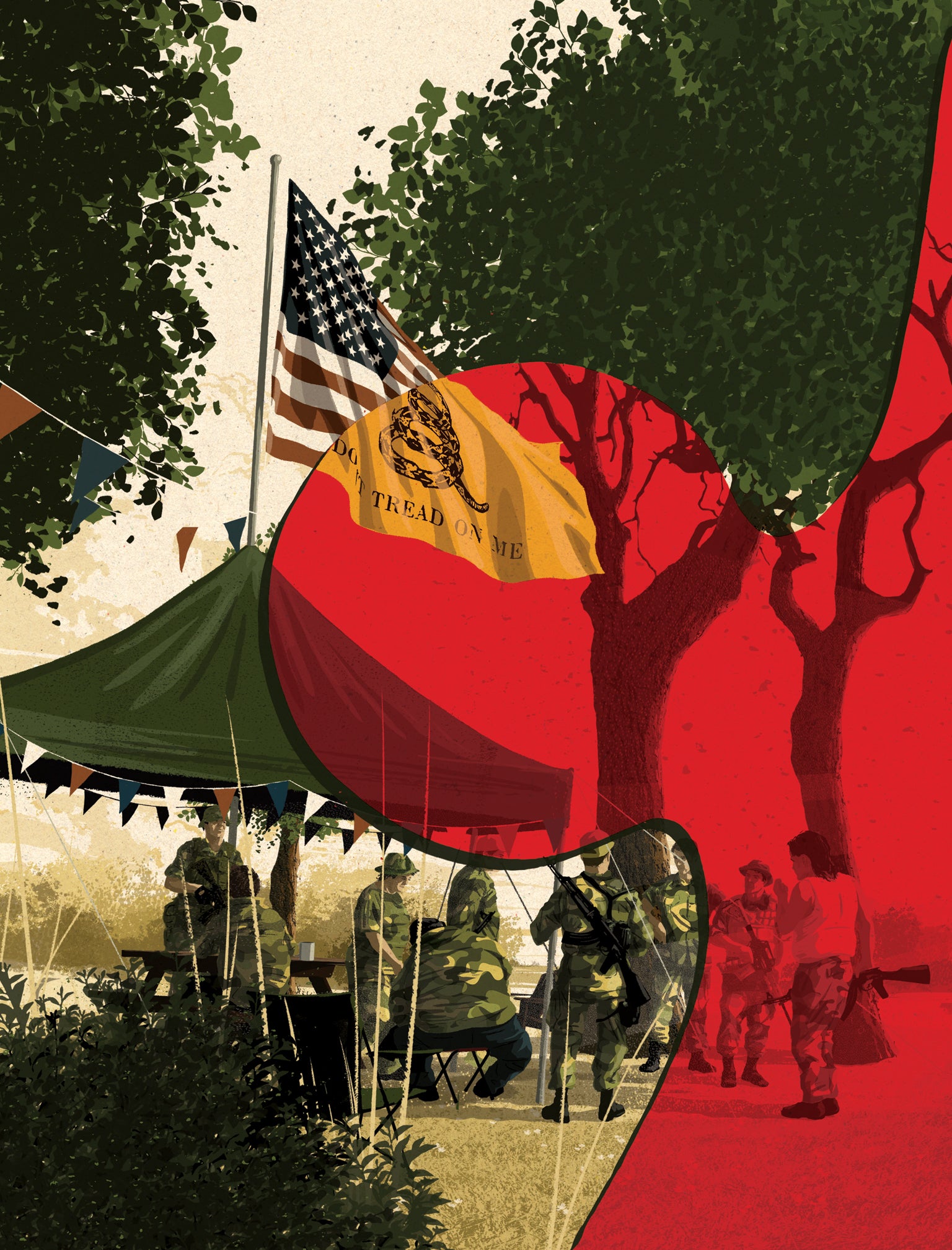
I found this in my research as well. One constitutionalist group leader told me he believed that public demonstrations by militia units “remind the government that they serve the people and not the other way around”; he indicated that he believes militia units visibly exercising their Second Amendment rights to carry weapons keeps the U.S. government from moving toward tyranny.
Millenarian militias, in contrast, take an offensive stance against governments and are generally more open to violent action. Their focus during meetings is less on self-sufficiency and bonding while target shooting. They spend more time on conspiratorial speculations about ways the government must be interfering in their lives and fantasize about exacting retribution for those actions.
For example, one millenarian member told me that his reason for militia membership was “revenge.” He was a Desert Storm veteran who believed that the war in Iraq had been conducted under false pretenses and that the U.S. government had experimented on him and his fellow soldiers. He claimed this experimentation led to others in his unit dying early from cancer and other diseases and having high rates of children with birth defects. He said he had chosen not to have children of his own because he feared that outcome. His fear and bitterness led him to believe the government might persecute him for talking about his experiences, and he emphasized that he welcomed the fight. Although precise motivations for hating the government varied, this general attitude of anticipating and even yearning for a violent confrontation was common in millenarian members I encountered. About a year and a half after I interviewed this man, several members of his militia, which called themselves the Hutaree, were arrested and charged with crimes related to an alleged plot to kill Michigan police officers.
In both my and Churchill’s estimations, for most of the early 2000s militias in the U.S. were about 90 percent constitutionalist groups and 10 percent millenarian groups, and most posed little threat of violence. But that proportion has shifted toward extremism in the past decade, we both believe, as members feel increasingly fearful of changing social conditions in a variety of areas—immigration, the pandemic, protests against police shootings of Black people and the presidential election—fears which Trump directly stoked.
Churchill says it “seems the millenarian wing has come to the fore.” Even though the exact millenarian percentage in the movement is difficult to judge, his observation resonates with what I have seen. Constitutionalist groups that previously ridiculed conspiracy fantasies have pivoted to saying things like they were “monitoring” or “researching” claims from the far-right conspiracy movement QAnon, even as they denied fully embracing them. They share posts that prophesized terrorist attacks that never came to be. They pass around fake news stories about people in the antifa (antifascist) movement traveling on buses to locations all over the country and setting fires to stoke general chaos. One of the most common forays into conspiracy fantasies that I saw militias across the country post to social media pages leading up to the 2020 election were images of Joe Biden being affectionate with his granddaughter or other children. These were presented as purported “proof” of QAnon theories about pedophilia in Democratic leadership.
During racial justice protests and the stress of the pandemic in 2020, some militias became more willing to figuratively and literally bump shoulders with fundamentally racist nostalgic groups in an effort to maintain their vision of America. They stood together in public. I watched militia members discuss online some shared interests with previously adversarial groups. A member of an Indiana unit advocated on his social media posts for “loyal Americans” to work together to “take back” a civil rights protest zone in Seattle that had declared autonomy from the city. He believed stories that anarchists were planning to take over other American cities if such zones were left unchallenged. Some members who responded to my 2020 survey felt COVID-related restrictions were unacceptable state control. A few had similar objections to state power when police broke up social justice demonstrations, but many believed such protests were really orchestrated by antifa and needed to be opposed.
Recently I have observed some constitutionalist members embracing such fear-driven ideas and rapidly drifting into the millenarian framework or even beyond, while sometimes taking other members with them. There was a disturbing example of this dangerous transition when some members of the large, public Michigan Liberty Militia splintered off to form a group called the Wolverine Watchmen. Then they recruited other people who had not previously been affiliated with the Liberty group. In spring 2020, according to court documents, the Watchmen plotted a coup of the Michigan governorship, angered by state restrictions on activities enacted to reduce the spread of COVID. Militia members said such orders were a red-line infringement on civil liberties. Details of the case are still emerging, but it appears that the Watchmen formed and radicalized after discovering that the Liberty Militia was not violent enough for its goals.
This case is similar to another that received much less national attention. Shortly before the 2016 election, three militia members were accused (and ultimately convicted) of plotting to bomb a Somali refugee community. Lawyers for the accused men suggested that they had been moved beyond merely complaining about immigrants into planning actions to harm them because then candidate Trump’s anti-immigrant rhetoric legitimized their fears about threats to America from Muslim outsiders.
The January 6 insurrectionists also seem to embody a movement toward extremism. Participants believed they needed to “Stop the Steal” and do something to prevent their preferred candidate and their vision of the nation from slipping away. The incursion was a mass act of violence and a clear escalation from the disgruntled chatter about supposed election fraud that many had observed during the prior several months. What is more, this was radicalization that extended beyond the boundaries of militia or other nostalgia groups. Many insurrectionists at the Capitol were previously unaffiliated.
Although federal law-enforcement attention has had a cooling effect, other people inspired by events at the Capitol may now seek out the more violent nostalgic groups for future action. Churchill told me that “there is convergence of apocalypticism, coming from the [militia] movement, and from QAnon, and from Evangelical Christianity. What we really saw on January 6 was not just the [militia] movement but a whole broader phenomenon.”
To those of us who have studied militias for a long time, that phenomenon unfortunately has the feel of the 1990s, where nostalgic groups were more on edge, “less rational, a lot more emotional,” as a long-term militia leader—a government employee—told me. Groups were ready to fight the state, and they feared the state was about to attack them after law-enforcement sieges in Waco, Tex., and Ruby Ridge, Idaho. The charged environment fostered men like Timothy McVeigh, who killed 168 people in a devastating act of domestic terrorism in Oklahoma City in 1995.
There are very few positive ways to look on the most recent developments. Perhaps one is that our country in general seems to have a greater awareness of the need to take militias and other nostalgic groups seriously. The House Committee on Veterans Affairs asked me and other experts to testify in October 2021 about extremist groups recruiting military veterans to their ranks. Various nostalgic bands have openly sought to recruit veterans for decades in part because they represent a commitment to the nation that can attract other new recruits. Extremist factions may also desire to use veterans’ military skill sets for violent activities. Congressional investigations into these scenarios are long overdue as is serious research into how veterans, especially those disenchanted with their service experiences, can be better supported and discouraged from radicalization.
Speculating on how militias may evolve in the future under increased scrutiny is difficult, in no small part because the units are still adapting to the aftermath of Trump’s presidency. In contrast to what many members had predicted, they did not see President Biden enact martial law or start an immediate attack on Second Amendment rights. Millenarian militias and other groups on the extreme end of the nostalgic group spectrum nonetheless remain vigilant, and some are eager for violence. Members may be plotting deadly actions, but now they are on increasingly private and secure Internet platforms that are more difficult to monitor.
So the reality is that the danger has not abated. Quite the opposite: Militia emotions and activity could be easily exacerbated by another political leader who encourages exclusionary thinking and paranoia or by a foreign terrorist attack that nostalgic groups perceive as threatening to America’s safety or culture.
Law enforcement must remain watchful for signs of radicalization in the movement, but as uncomfortable as it is, we as a society also must recognize that militias’ violent potential is not limited to these groups. They are not fluke outliers. Members share ideological similarities with other white Americans who distrust the government and believe the country has declined because of increasing liberalism. Much work remains to repair the distrust and to protect innocent people from the violence that it breeds.

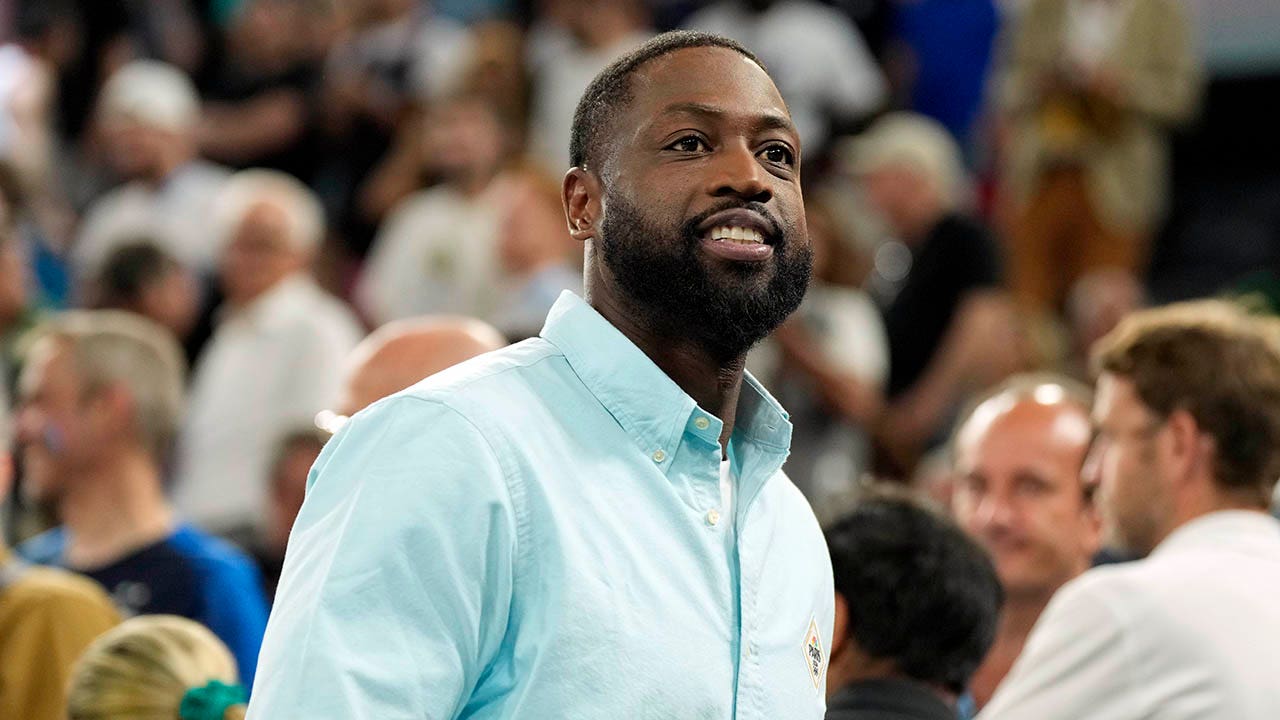
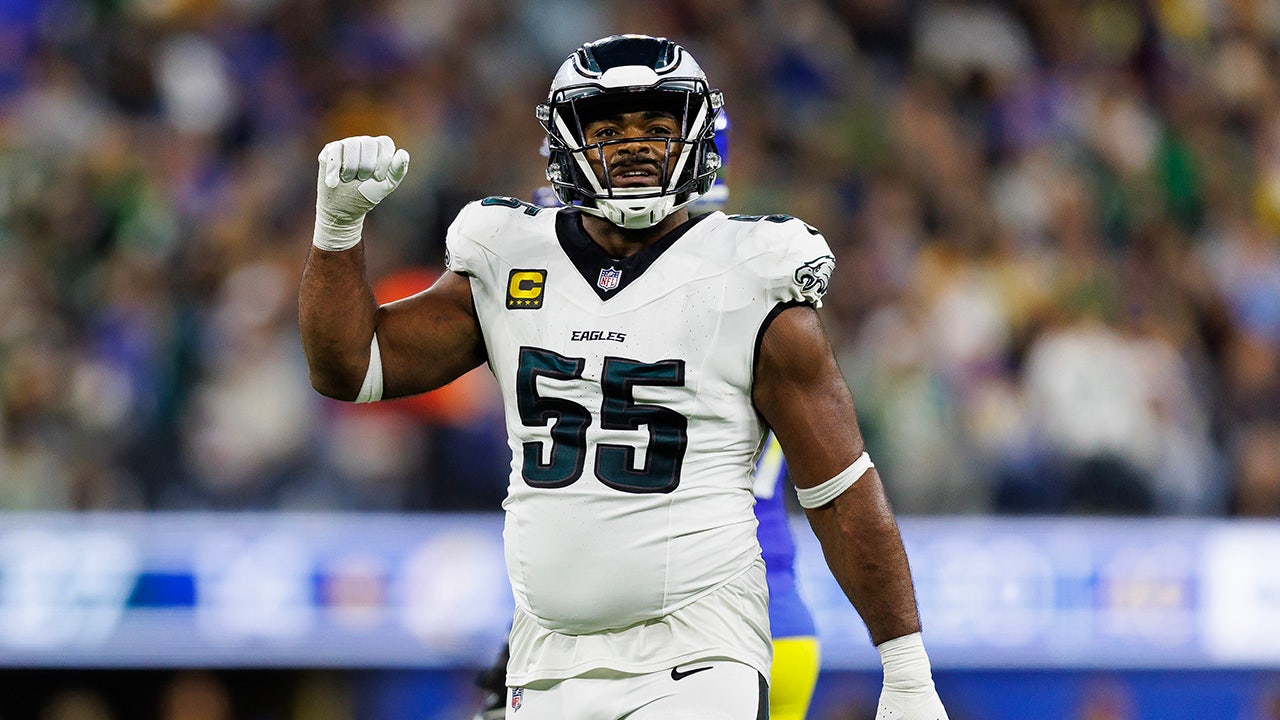
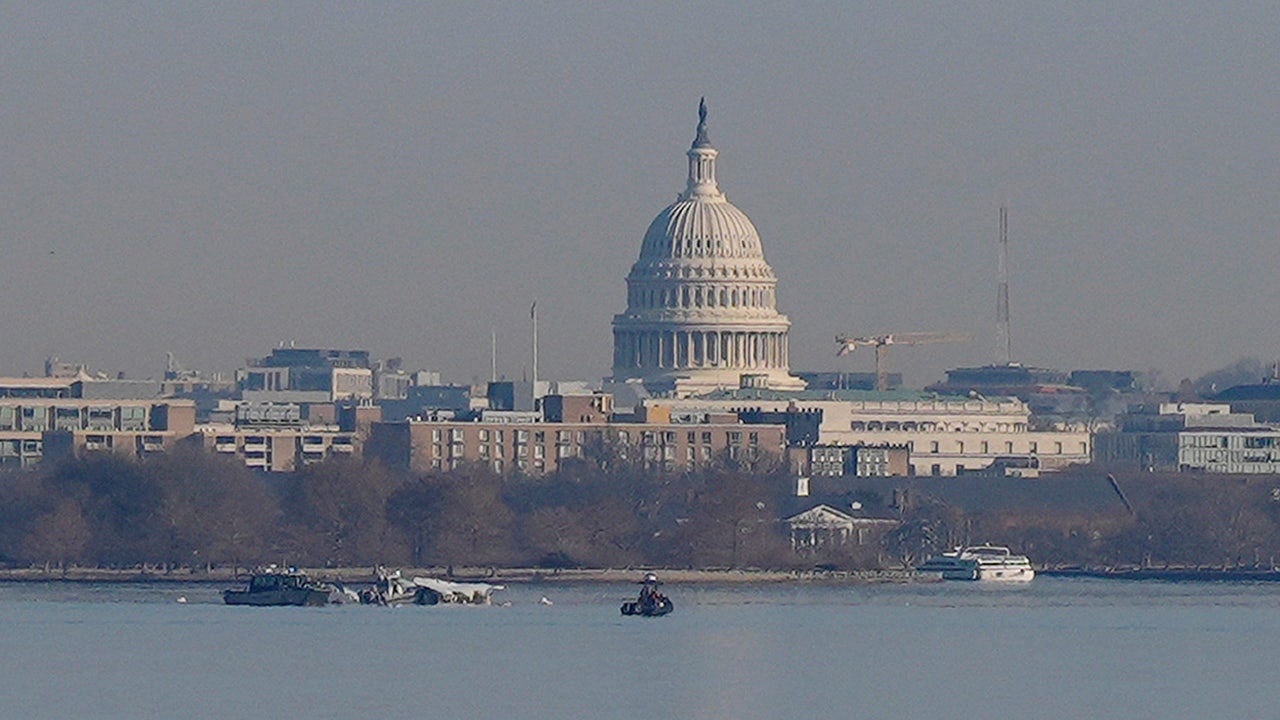
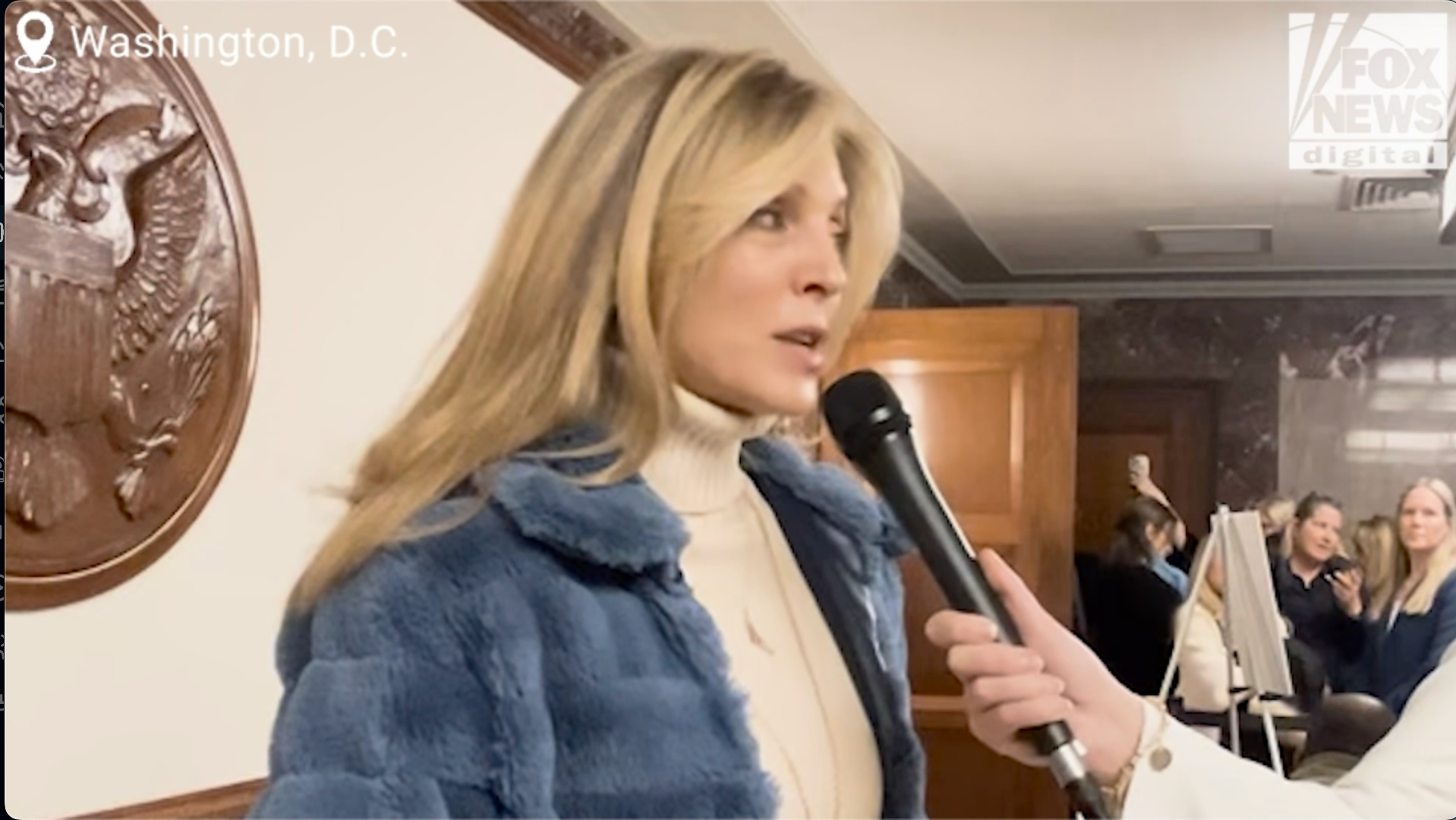
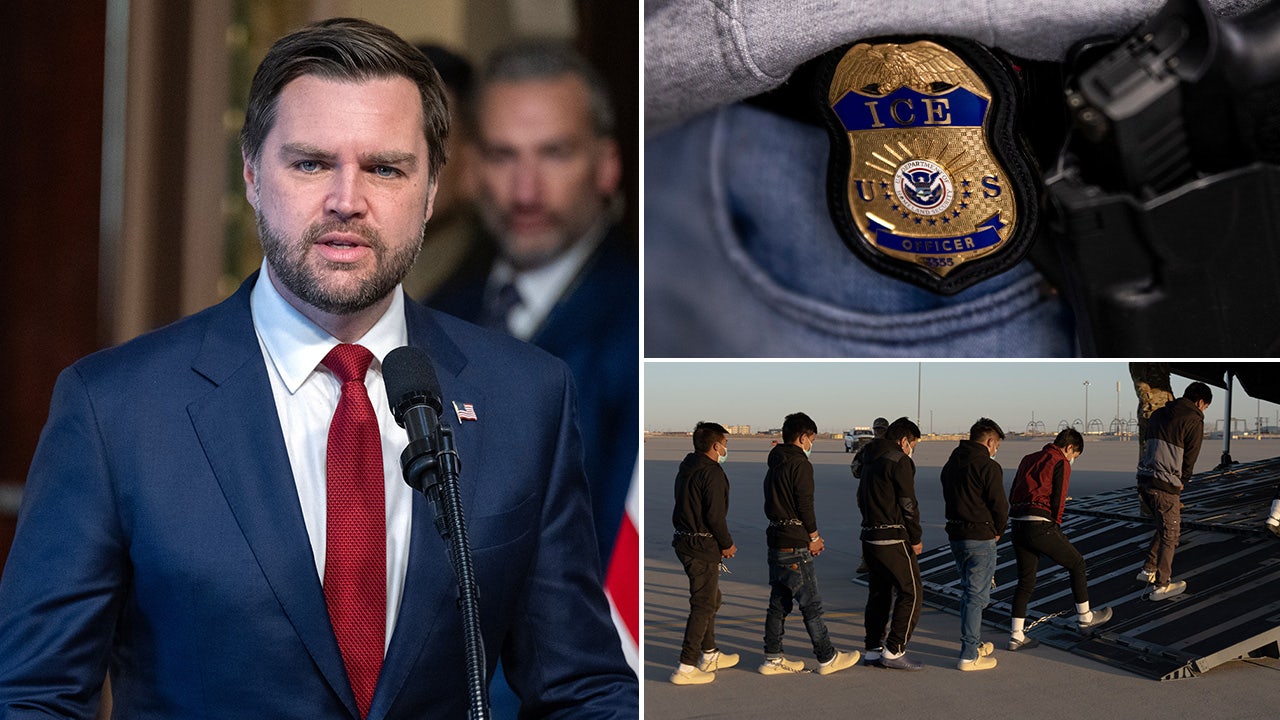
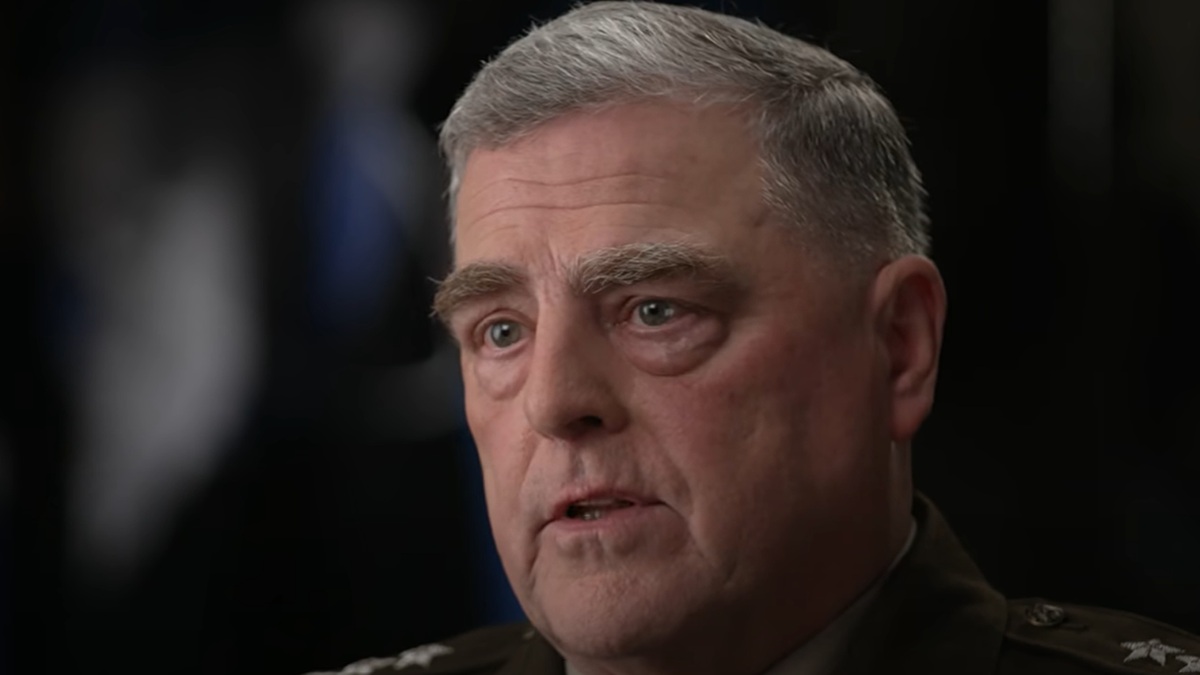

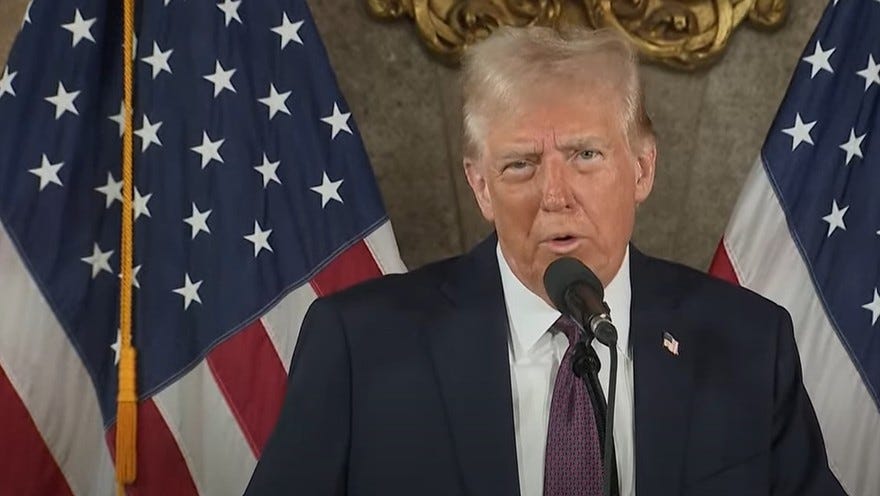







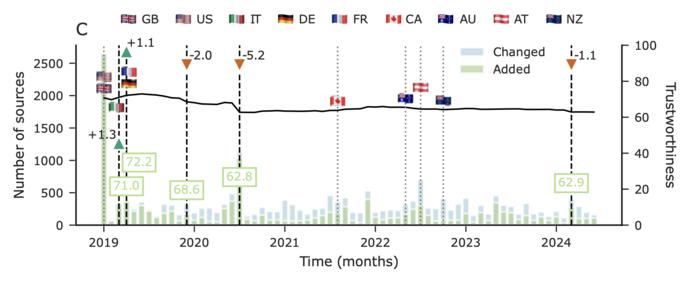
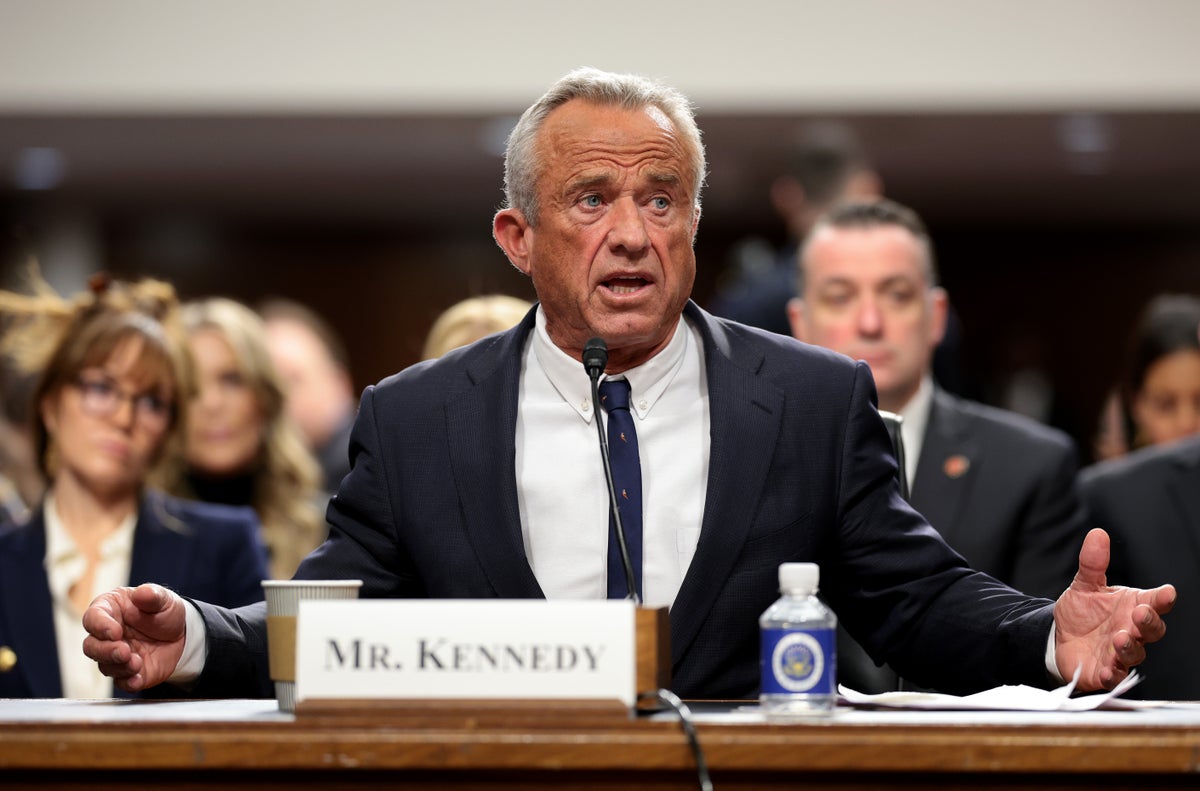











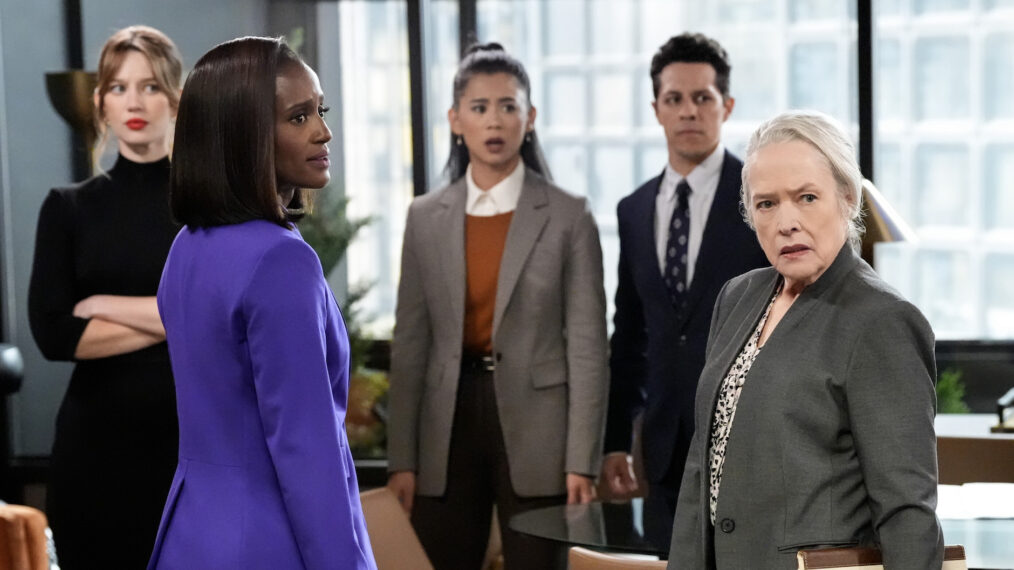


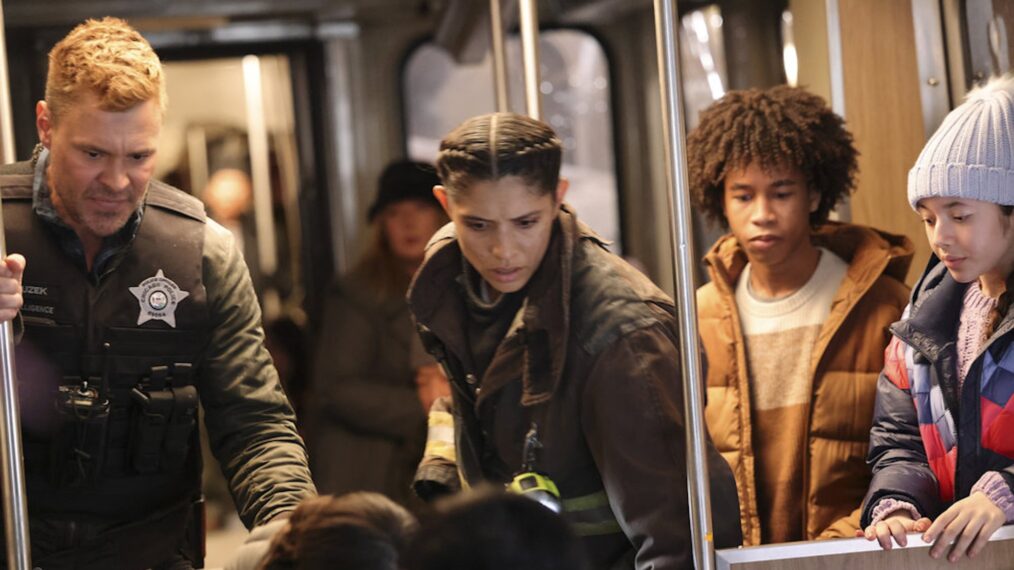






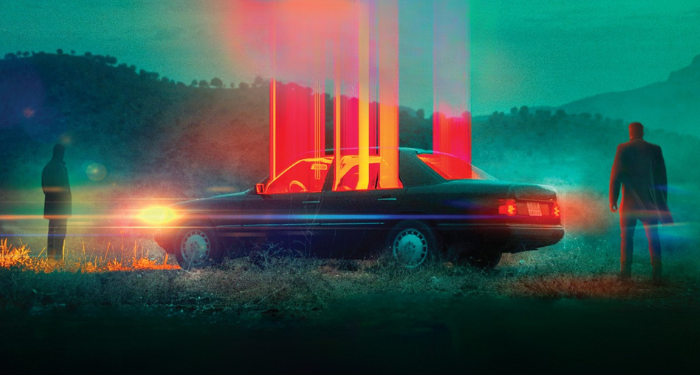

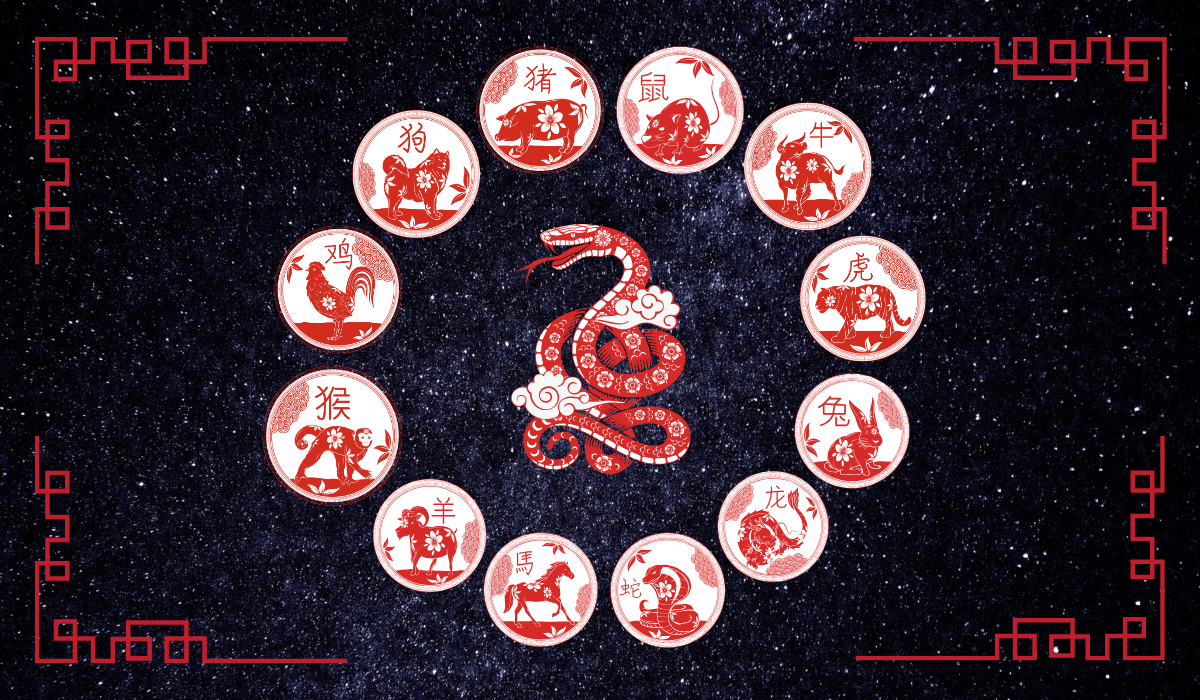



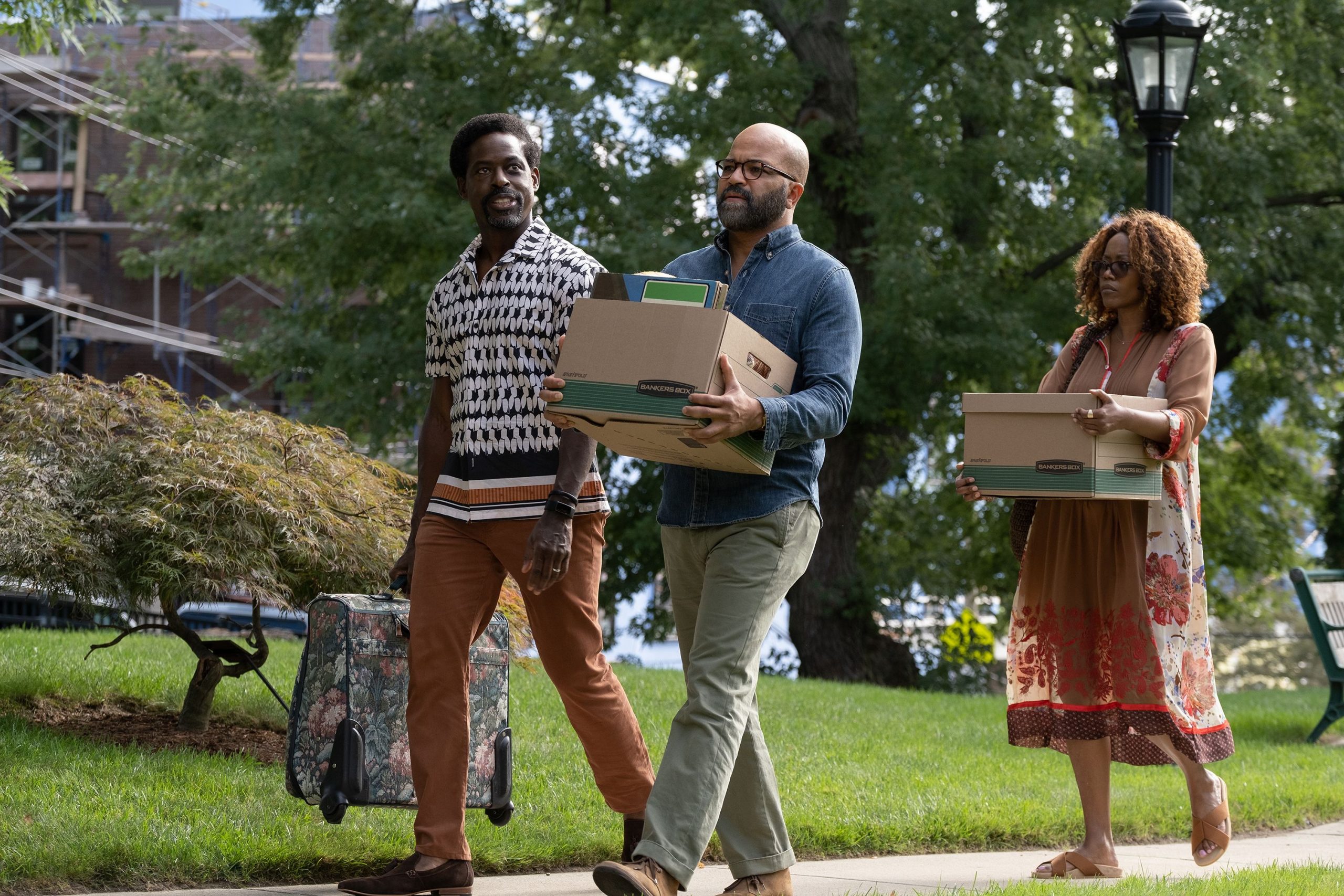
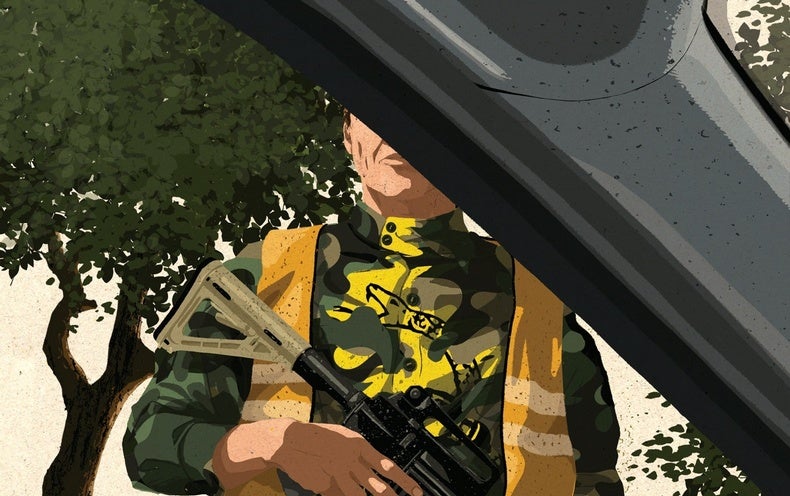

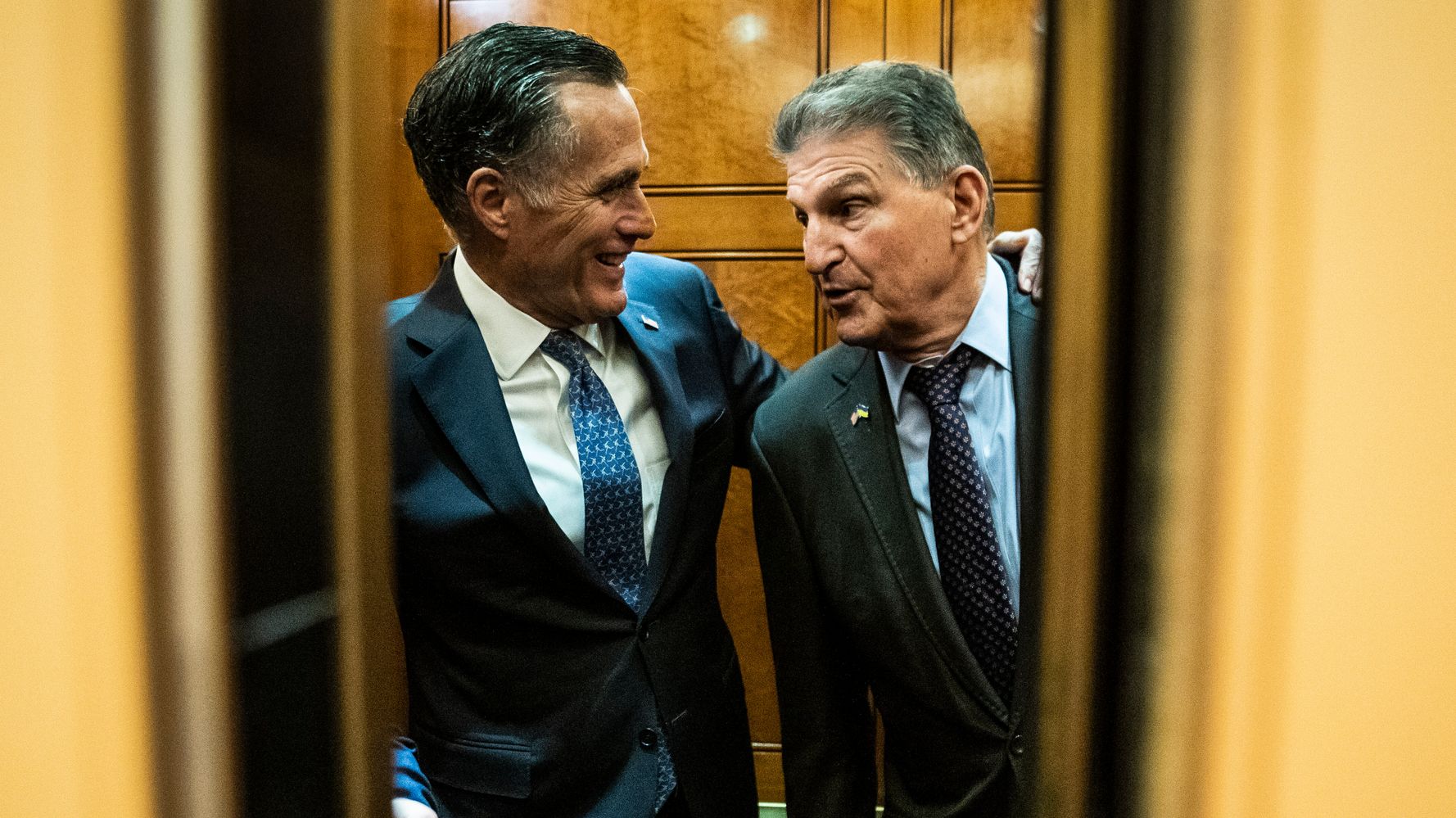

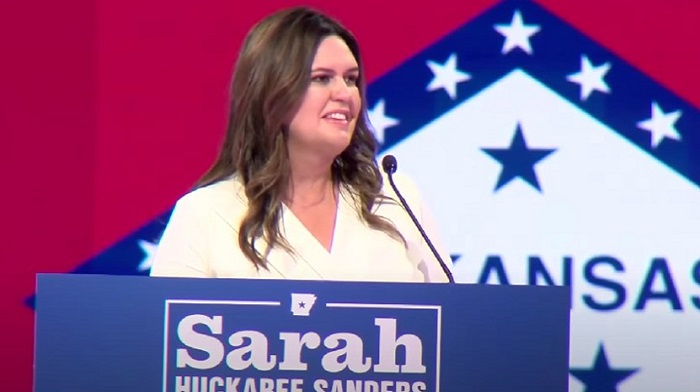
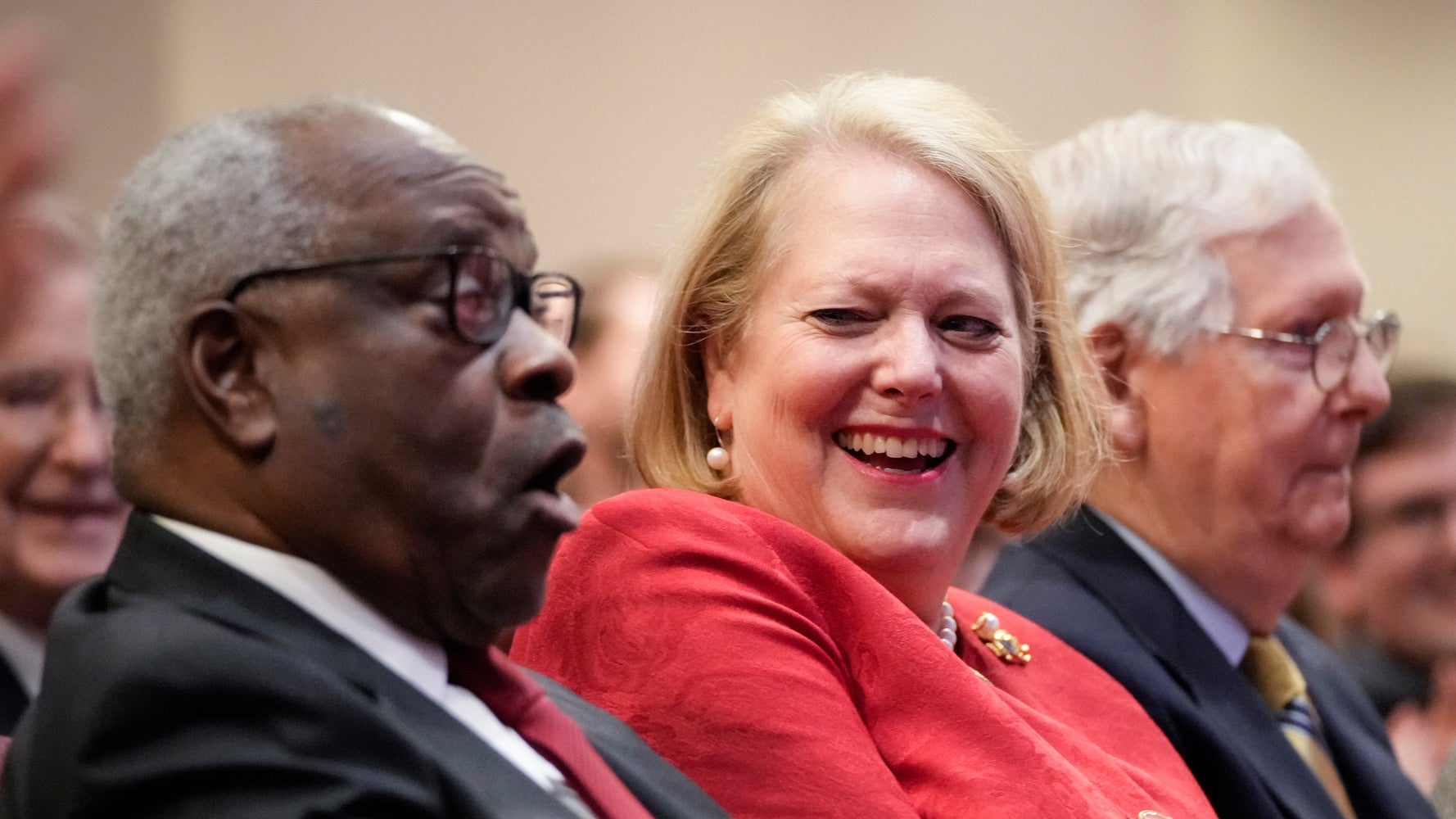
![Katy Perry & More Return [VIDEO] – TVLine Katy Perry & More Return [VIDEO] – TVLine](https://washingtonweeklytimes.com/wp-content/themes/jnews/assets/img/jeg-empty.png)


